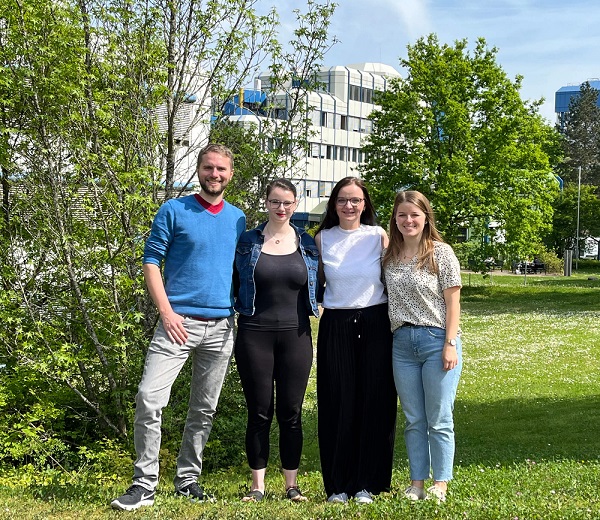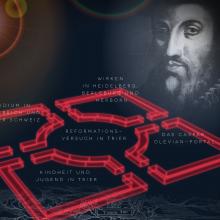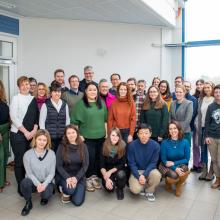Destroyed cultural heritage - a student project
Collecting, visualizing and accessing the destruction of cultural heritage

Project Management: Julia Alili · Hendrik Chudoba · Luisa Schmidt · Vivien Wolter
Sponsors:
Running time: since
Contact person (TCDH): Vivien Wolter; Dr Joëlle Weis
References:
Poster: Wolter, V., Alili, J., & Chudoba, H. (2023). Zerstörtes Kulturgut - Die kontextualisierte Aufbereitung von kulturellen Forschungsdaten. FORGE 2023 - Anything Goes?! Forschungsdaten in den Geisteswissenschaften - kritisch betrachtet (FORGE2023), Tübingen, Deutschland. Zenodo. https://doi.org/10.5281/zenodo.8392495
Conference Paper: Wolter, V., Alili, J., & Chudoba, H. (2023, September 29). Zerstörtes Kulturgut - Die kontextualisierte Aufbereitung von kulturellen Forschungsdaten. FORGE 2023 - Anything Goes?! Forschungsdaten in den Geisteswissenschaften - kritisch betrachtet (FORGE2023), Tübingen, Deutschland. https://doi.org/10.5281/zenodo.8386440
Interview with Deutschlandfunk Kultur
Research Area: Digital Literary and Cultural Studies
Keywords: Digital Technologies and Tools
Website of the Project: Zerstörtes Kulturgut
Palmyra, Hatra, the old city of Dubrovnik and the Buddha statues of Bamiyan: they are all sites of unspeakable value for historical research and society, unparalleled in their significance for humanity in its cultural self-image. Each of these cultural heritages is a UNESCO World Heritage Site, and all have been massively damaged or even irretrievably destroyed by wars and attacks.
The immediate loss of life in wars is overwhelming and dramatic. As a result, other losses fade into the background and are often only noticed after the conflict has ended, as is the loss of culture. The damage or even complete destruction of cultural heritage during wars is often underestimated in its magnitude. Not only historical artifacts or cultural goods are destroyed, but also the cultural identity of the country and its population.
Based on this, four students of the master's program Digital Humanities have focused on this cultural loss and created an interactive website on which information on individual sites as well as the associated wars has been compiled in a contextualized manner. With this project, the students set themselves the task of raising awareness of destroyed cultural assets.
The website contains information on the wars in Afghanistan, Iraq, the former Yugoslavia, Syria and Ukraine and is the only tool to date that presents destroyed and damaged cultural heritage collectively. This allows users to get an overview of how much human culture and history actually falls victim to the conflicts. This destruction is often not just collateral damage, but is also deliberately brought about by terrorist organizations, among others.
To ensure that the data collected in the project can be further used for research purposes, they are recorded in LIDO XML documents for each cultural site and are available on the website for further use via download. The complete website code and the LIDO-XML schema are also publicly available in the project's GitHub repository and can be freely downloaded.

Team TCDH
Vivien Wolter
E-mail: wolter uni-trier [dot] de
uni-trier [dot] de
Phone: +49 651 201-1104





